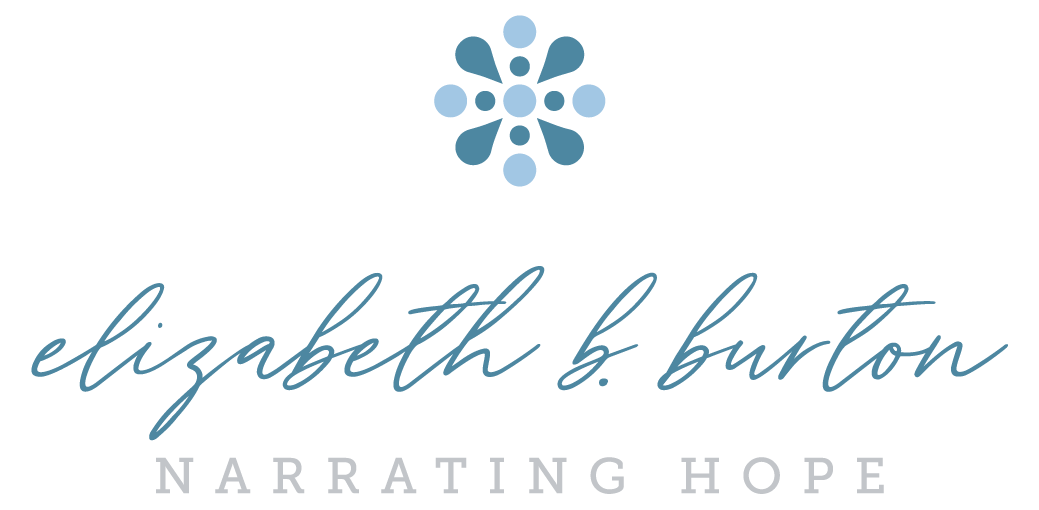boundaries & Abuse Prevention resources
do you have a secret?
This book is fantastic for bringing up a topic that is often not talked about with kids. In the learning and talking about secrets, children are equipped with important knowledge that may very well help protect them. This book distinguishes between good secrets and bad secrets. In this way, children learn that there are times for keeping things that bring joy quiet such as planning a surprise party for a loved one. Yet, secrets that are connected to shame, discomfort, sadness, etc., are not healthy. In these cases, the child is advised to tell an adult that they trust. This may especially be relevant in helping to protect children from sexual abuse as well as other types of abuse as children are often sworn to secrecy. Without a doubt, these type of secrets are not okay.
my body belongs to me
In a world that typically teaches children to do what adults say, to be obedient, and to be respectful, this is an area in which we need to empower children to speak up. This book gives parents/guardians, educators, and helping professionals a tangible tool in which to introduce this important topic to kids. In this way, a child is taught that their body is theirs and that they can say “NO” and set boundaries. If something happens that is not right, children are encouraged to speak up and tell a trusted adult.
I said no!
This book spells out important boundaries for children especially related to their private parts. It clarifies "green light" behaviors and "red flag" behaviors, so that a child can be knowledgeable regarding what is not okay. It educates about bribes, secrets, and threats as these are common ways in which children are victimized. The book encourages children to trust their instincts regarding danger and to tell a trusted adult if someone asks them to do something that is not okay. This book even walks you and the child in your life through various scenarios preparing your child for problem-solving and healthy boundaries. If sharing with a younger child, consider reading in sections, so that each section can be processed and absorbed.
No means no!
This book is a simple, straight forward resource that encourages kids to say "no" when they need to specifically in situations involving touch that makes them uncomfortable. As we typically teach our kids that "no" is disrespectful to say to adults, this book may be a tool to help broaden our own communication with children about saying "no." In this way, we equip children in their understanding of the value of their voice and that sometimes "no" may be the most important words they could ever say when it comes to their bodies.
DISCLAIMER: Elizabeth is a member of Amazon Affiliates. If you choose to buy a product from any of these links, Burton Counseling will receive a small portion of the proceeds. You may choose instead to support your local bookstore and buy directly from them. These are book recommendations with therapeutic and character education themes that may or may not be helpful. This is not therapy itself.
Elizabeth B. Burton is a licensed professional counselor and life coach with Burton Counseling, PLLC. You can learn about Elizabeth here and about services provided here. Elizabeth also works with groups by providing workshops and speaking opportunities. Elizabeth communicates about mental health and well-being through both the Narrating Hope newsletter and podcast as well as through her writing. Elizabeth would love to connect with you and welcomes you to sign up for the newsletter, listen in to the podcast, reach out about working together, and connect on social media.




